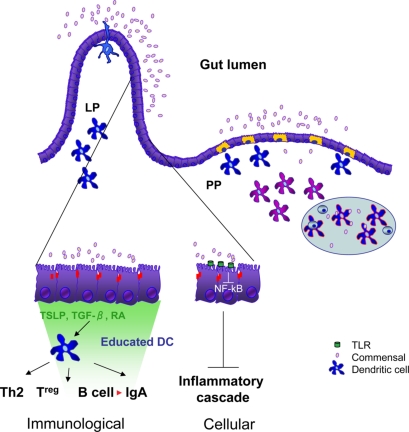Figure 1. Commensals participate in intestinal homeostasis.
On the left-hand side of the figure, the interaction of commensals with intestinal epithelial cells results in inhibition of NF-κB activation and blockade of the inflammatory cascade (cellular events) and the release of ‘educating’ factors (TGF-β and TSLP, immunological events). Binding of commensals or their components to Toll-like receptors (TLRs) on the apical faces of epithelial cells can result in inhibition of NF-κB activation by blocking Iκ B degradation or favoring the egress of RelA from the nucleus. TSLP, TGFβ and retinoic acid (RA) released by activated epithelial cells educate non-inflammatory and tolerogenic resident dendritic cells (dark blue cells), which can extend their processes into the intestinal lumen. These cells enable sampling of non-harmful commensal bacteria and presentation of their antigens and may be involved in tolerance induction under homeostatic conditions. The educated dendritic cells are shown driving the development of Th2 or Treg cells (pale blue cells) in intestinal lymphoid tissues such as mesenteric lymph nodes (not shown) and Peyer's patches (right hand side). They also drive B-cell class switch recombination to IgA both in the lamina propria and in Peyer's Patches. Immunity to pathogenic bacteria is initiated by non-educated dendritic cells (purple cells). LP, lamina propria; PP, Peyer's patch.

